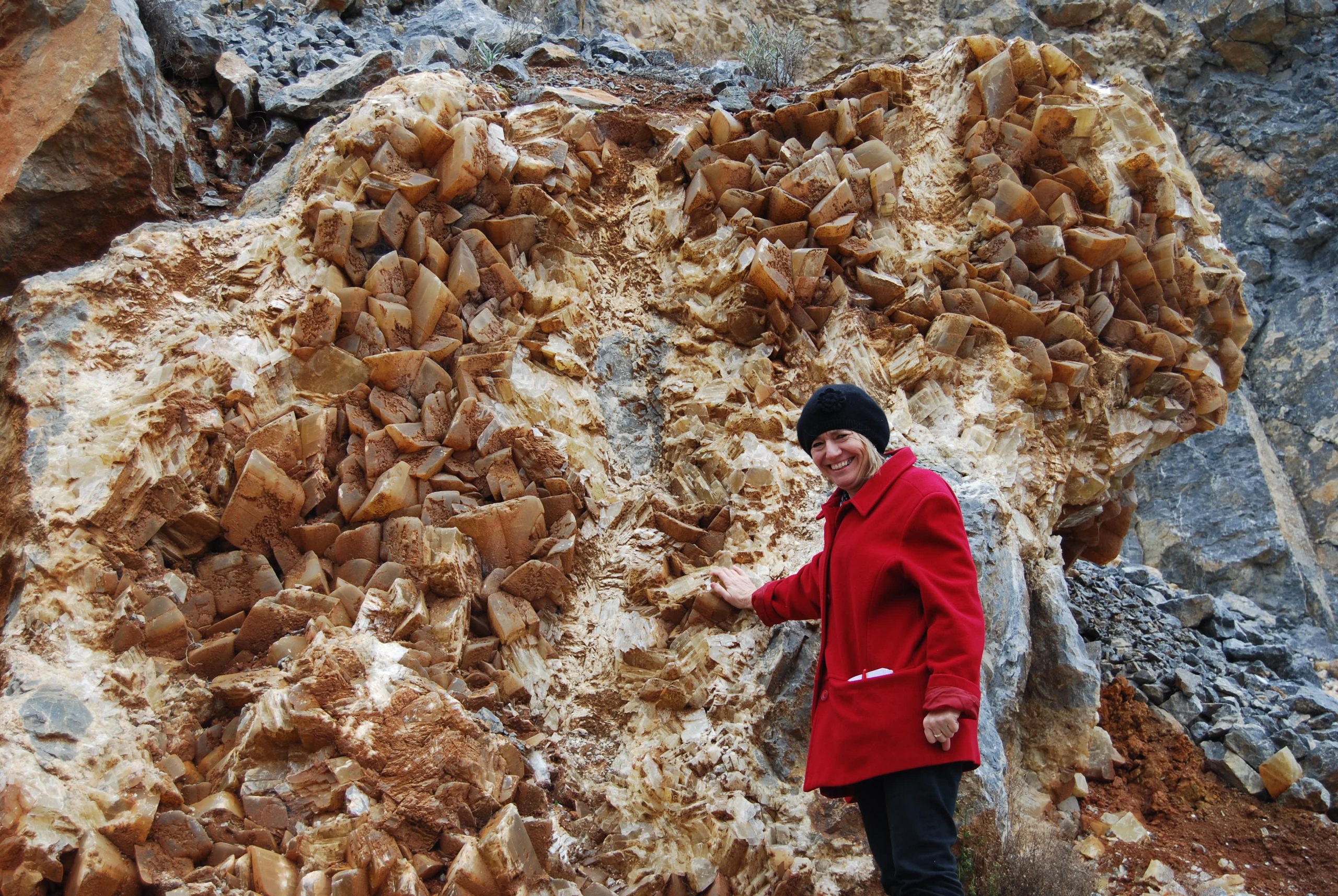What is your current position/area of historical interest?
I work as a Public Historian in all sorts of places including, as you can see in this photo, Kandos, the gateway to the Wollemi National Park.
I am currently employed as Historian and Senior Heritage Consultant for GML Heritage. http://www.gml.com.au/
What made you decide to pursue a career in history?
After working as a primary school teacher in both Sydney and London for ten years I decided to explore my other passions. Returning to Australia I studied History and Archaeology at Sydney University and then took up a position as an aid and development worker in Azerbaijan for two years. It was then time to earn money again and I really wanted to use my history degree. I was fortunate to be offered a position undertaking historical research for a heritage consultancy firm in Sydney. Sixteen years later I am still working in the same industry. I consider it a real privilege to be constantly uncovering the untold stories of Australia’s past.
Who is the audience for your history?
My work ends up being read by many different audiences. I research for the private and public sector including large development companies, individual clients, schools, hospitals and churches. I also research for government agencies at national, state and local levels. Because I work in the heritage sector my histories are typically place-based. This often involves not just the physical environment but the people who have made these places significant. Part of my work involves telling the stories of Aboriginal people during the post-contact period. This is a growing area of public history and reveals a much more complex and interwoven storey than previously understood.
What’s your favourite historical source, book, website or film?
I think the Department of Lands is a rich source of undiscovered primary material. Since I began using this material 16 years ago I have little by little been uncovering its wealth of treasures. In recent years there has been a huge change in research methodology with so much of their material now available online. The days of hundreds of conveyancers and researchers pouring over the old record books, maps and plans has long since been replaced by six-viewer and the online shop. https://six.nsw.gov.au/wps/portal/. Historic records, historic aerial photography, parish maps and crown plans are all scanned to such a high resolution that places can be understood in greater detail.
If you had a time machine, where would you go?
I would love to go to the era before cars when the horse was the main means of travel. How did they manage? I would love to experience the smells and the sounds in the street before engines, when horse’s hoofs and carriage wheels, barrow boys and street sweepers, were the predominant sounds. The concept of transport being a living animal needing to be fed, watered, housed and cleaned up after in the midst of life’s daily activities is something I would like to see in action. I also think it would be fascinating to experience life at this slower and more contained pace for just a little while.
Why is history important today?
History is constantly being made, remade and reinterpreted. As each generation reflects on what has gone before with new eyes, they discover things previously forgotten or overlooked and often bring a different way of seeing and understanding the world.
I love uncovering the past in the present because I continue to see Sydney and other places around Australia in a new light.

I love this interesting, intelligent,warm girl! It was great to read your blog!
I work with Michelle and she is a great source of informationand fun with it!
Fascinating! It’s so interesting to see the diverse backgrounds many PHA members have especially those of us who have had earlier careers.